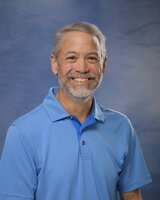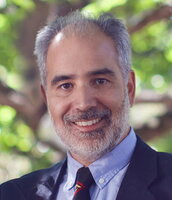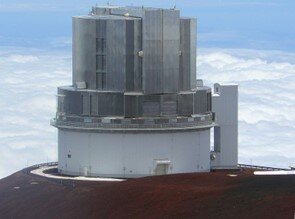
Instrumentation
Instrumentation development allows for some of our faculty to take advantages of new technologies or techniques to obtain cutting-edge observations.
Research Highlights
Survey Science Data Facilities: DES and LSST
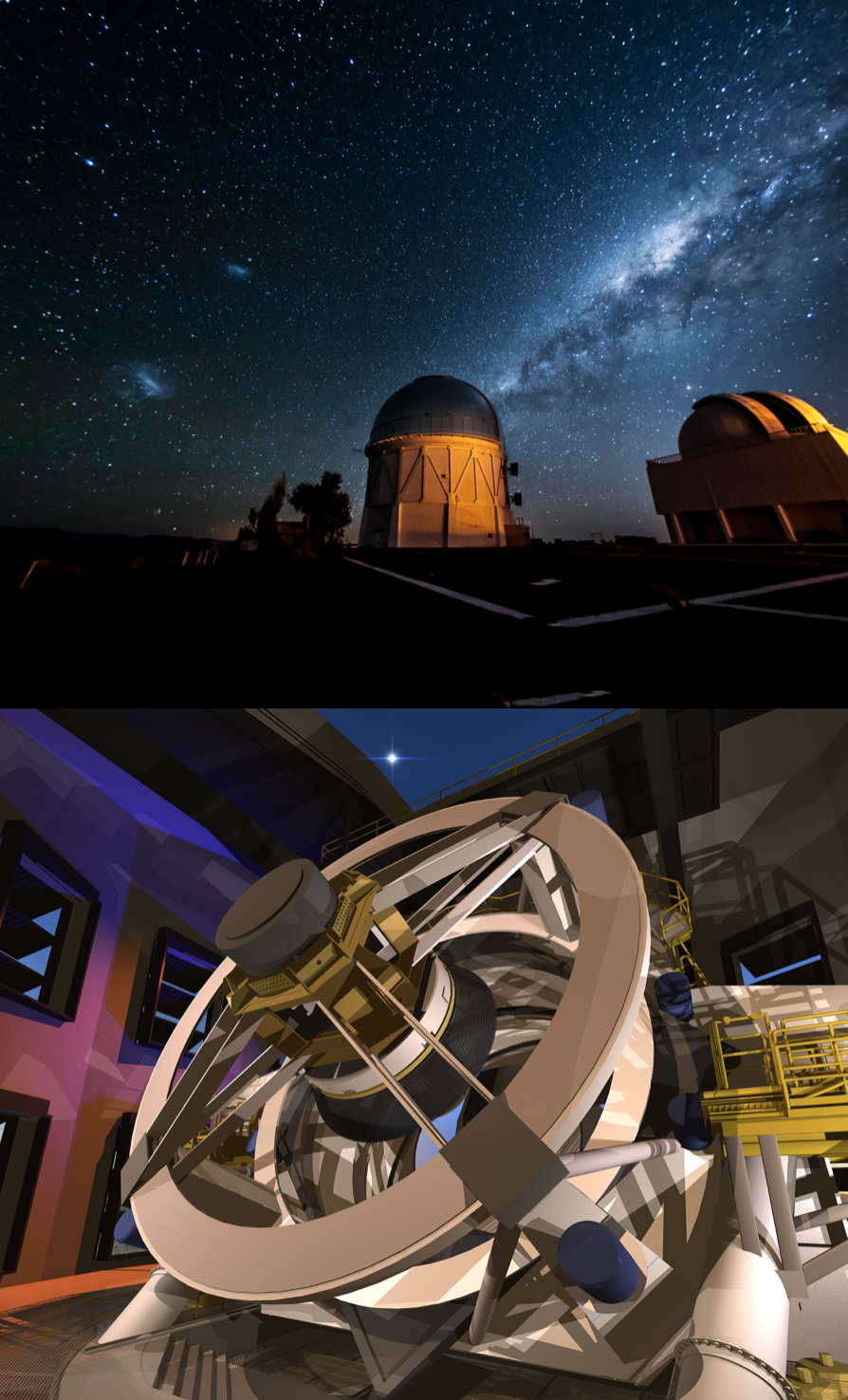
Top: Blanco Telescope Dome and Milky Way. Photo credit: Reidar Hahn, Fermilab. Bottom: LSST conception, credit, Todd Mason, Mason Productions Inc. / LSST Corporation
The Dark Energy Survey (DES) operated between 2013-2019, conducting a 5000 square degree survey of the Southern sky aimed at understanding the accelerating expansion rate of the universe using four complementary methods: weak gravitational lensing, galaxy cluster counts, baryon acoustic oscillations, and Type Ia supernovae. This is an important pathfinder telescope to help characterize the nature of dark energy. The Dark Energy Survey Data Management (DESDM) project was developed and operates at the National Center for Supercomputing Applications (NCSA) at Illinois. This system processed DES data into science-ready data products and is used for subsequent scientific investigations.
The Rubin Observatory Legacy Survey of Space and Time (the LSST) will be conducted over ten years starting in 2024. This survey will use the Rubin Observatory LSST Camera (3 Gpix) and the Simonyi Survey Telescope (8.4 m). The LSST is a wide-field astronomical survey of the universe that tracks its changes over time; in addition to probing the mysteries of dark energy and dark matter, the LSST is designed to detect exploding supernovae, potentially hazardous near-Earth asteroids, and distant Kuiper Belt Objects. NCSA and UIUC played an important role in developing data handling facilities and capabilities for the survey and the LSST data will be used extensively for research within the department. UIUC is a member of the LSST Corporation (LSSTC), a community-based organization to enable science from the survey.
The National Science Foundation (NSF) and the US Department of Energy (DOE) are joint partners in the Rubin Observatory Project and Operations.
Links to research groups and facilities: Robert Gruendl, Felipe Menanteau, DESDM, DES, LSST, LSSTC
South Pole Telescope
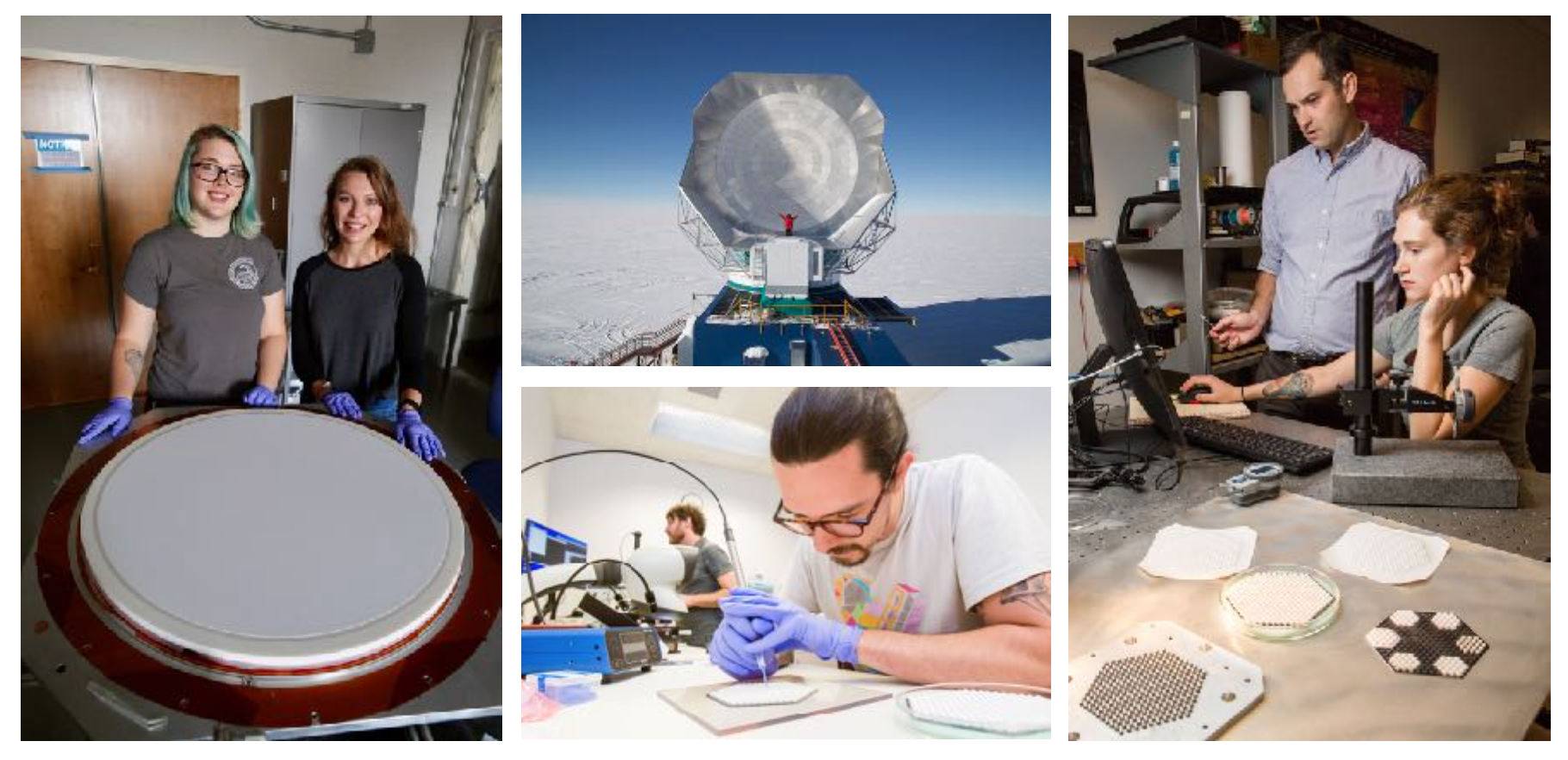
A cosmic microwave background (CMB) experiment can be thought of as a condensed matter experiment to do ultrahigh energy physics. We use methods and techniques of materials science, electrical engineering, and low temperature physics to study physics at energy scales far beyond those attainable with terrestrial accelerators such as the Large Hadron Collider. The group at U. Illinois plays an integral role in the third-generation camera for the South Pole Telescope (SPT-3G) and the planning for the next-generation CMB experiment called CMB Stage IV (CMB-S4). We work closely with the national labs to develop large arrays of superconducting detectors and the optics required to integrate the detectors with the telescope. The group at U. Illinois has pioneered the development and fabrication of advanced cryogenic optics for current and future CMB experiments.
Links to research groups and facilities: Joaquin Vieira, ObsCos Laboratory, South Pole Telescope

SOFIA (FIFI-LS & HAWC+)
SOFIA is a Boeing 747 SP jet that flies up to 45,000 feet to escape the majority of the Earth’s water vapor so we can observe the in far-infrared. Illinois faculty have been involved in the optical design and construction of FIFI-LS (a far-infrared line spectrometer) and the cryogenic design and construction of a "air-coil" motor for the quarter wave plate of HAWC+ (a far-infrared polarimeter).
Links to research groups and facilities: Leslie Looney, SOFIA, FIFI-LS, HAWC+
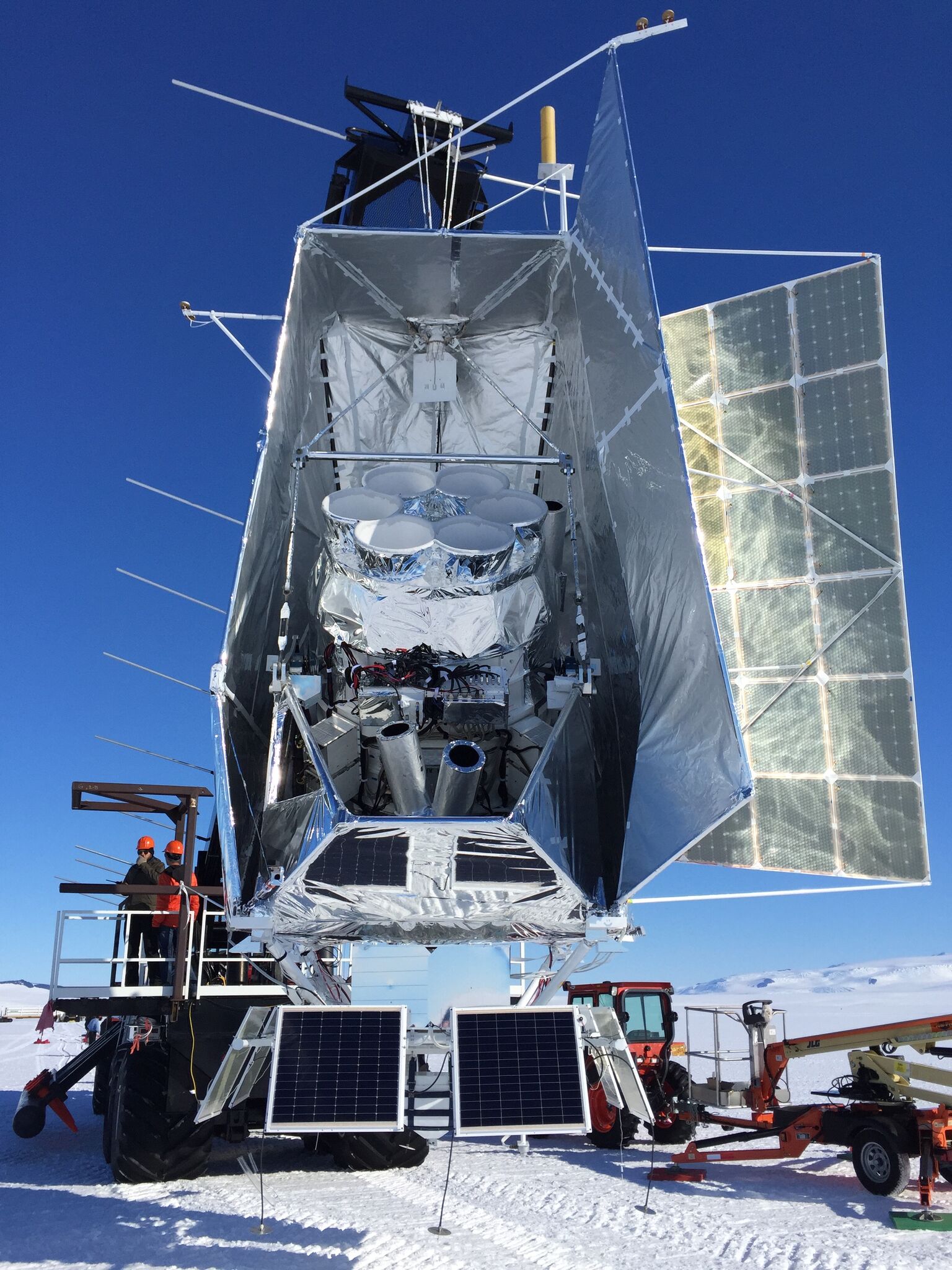
SPIDER
SPIDER is an ambitious balloon-borne telescope designed to hunt for the faint echoes of primordial gravitational waves in the cosmic microwave background (CMB). Its thousands of superconducting detectors observe from near-space conditions aboard a NASA long duration balloon, 36 km above the Antarctic ice. The Illinois group is developing new receiver optics for SPIDER’s second science flight in 2018. Our team is also active in instrumentation development toward future ground-, balloon-, and space-based CMB instruments (BICEP Array, CMB-S4, BFORE, Inflation Probe), with special focus on superconducting detectors and readout electronics.
Links to research groups and facilities: Jeffrey Filippini, SPIDER
Subaru Prime Focus Spectrograph (PFS)
Subaru Telescope (Credit: CCA 3.0)
The Subaru Prime Focus Spectrograph project (PFS) is a wide-field spectrographic survey in the optical and near-infrared to be conducted using a special purpose spectrograph at the prime focus of the 8.2-m Subaru Telescope. The spectrograph contains 2400 positionable fibers. The survey is scheduled to start in 2024 and will be a unique complement to contemporary wide-field imaging surveys. The science goals of PFS include the study of dark matter, dark energy, galaxy evolution, AGN and black holes, and the early universe. The department is a member of the PFS collaboration as one of a group of universities in the Northeast Participation Group. Individual data rights reside with Professor Xin Liu and her group.
Links to research groups and facilities: Xin Liu, PFS
Faculty working in Instrumentation

